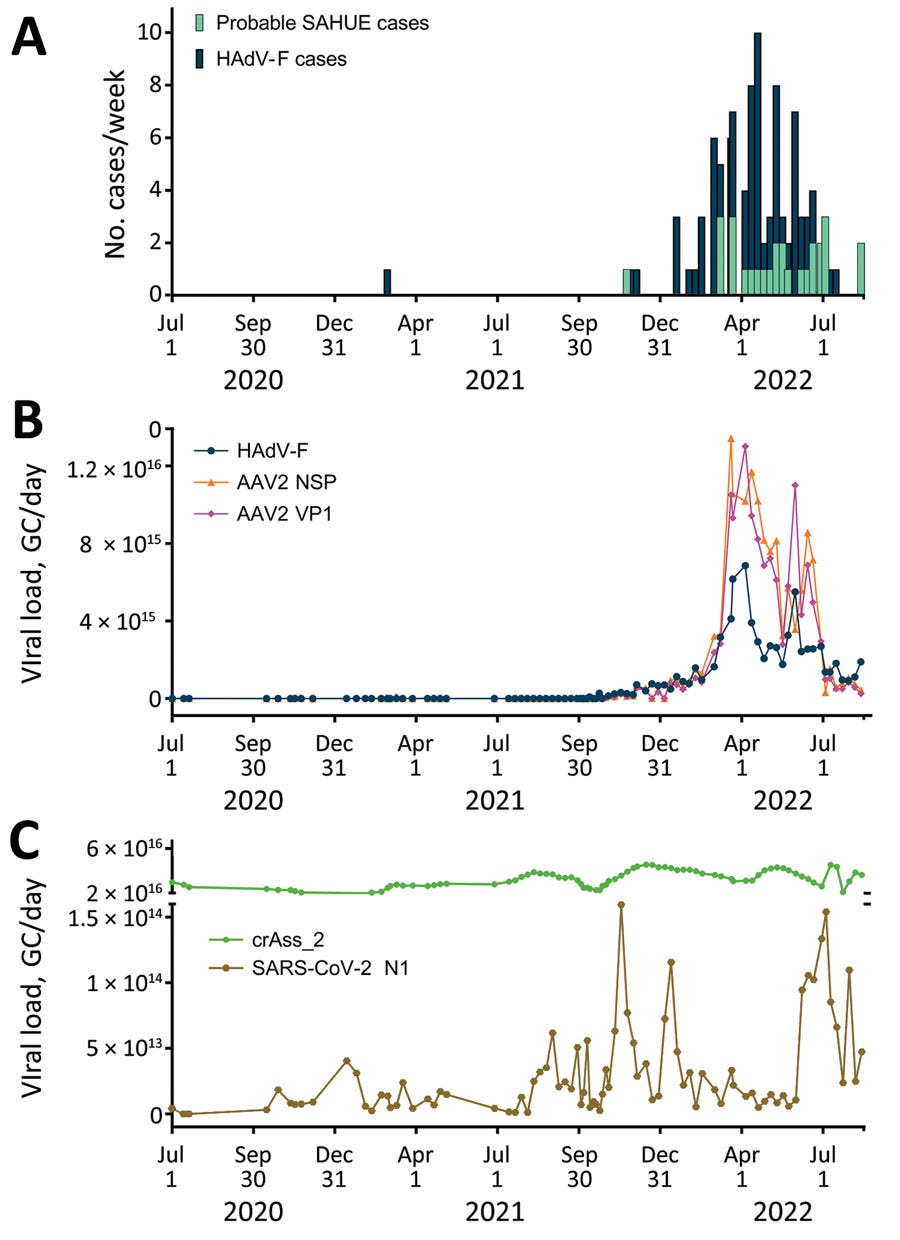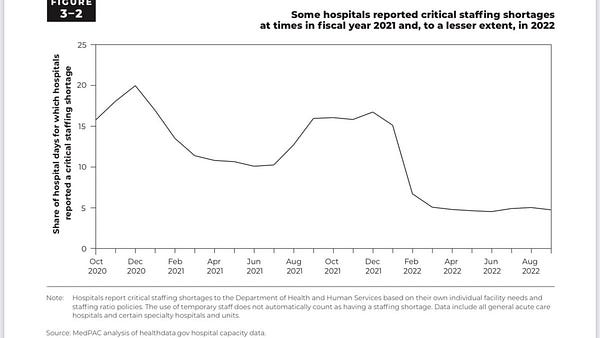First, I made a tiny contribution to overwrought artificial intelligence discourse with a commentary in The Boston Globe exploring how AI might worsen the US healthcare system’s cost crisis. Let me know what you think.
There were a few developments in pandemic science reported this week.
Most notably, brilliant Atlantic writer Katherine Wu broke a story about new evidence for a zoonotic origin of SARS-CoV-2.
“This week, an international team of virologists, genomicists, and evolutionary biologists may have finally found crucial data to help fill that knowledge gap. A new analysis of genetic sequences collected from the market shows that raccoon dogs being illegally sold at the venue could have been carrying and possibly shedding the virus at the end of 2019. It’s some of the strongest support yet, experts told me, that the pandemic began when SARS-CoV-2 hopped from animals into humans, rather than in an accident among scientists experimenting with viruses.”
And a valuable study came out providing epidemiologic evidence that human adenovirus (HAdV) species F type 41 (HAdV-F41) and adeno-associated virus 2 (AAV2) were associated with the sudden outbreak of pediatric hepatitis that occurred during the pandemic. This study used viral DNA detection in wastewater to show a good correlation between AdV and AAV2 levels but not SARS-CoV-2 levels.
Why did this outbreak happen when it did? Much to the dismay of certain corners of Twitter, the scientists propose a form of “immunity debt” caused by NPIs and social changes:
“The intensity of the SAHUE outbreak might be a result of the immunologically naive status of young children who had limited exposure to HAdV species and AAV2 during the preceding 2 years.
After February 28, 2022, public health measures such as social distancing and pods were abolished in schools and early learning settings in Ireland; beginning on April 1, 2022, all COVID-19 restrictions ended in the wider community. Those dates coincide with the sharp increase in the number of weekly HAdV-positive cases and HAdV-F and AAV2 DNA levels in wastewater”

The hepatitis outbreak was also notable for being the one time during the pandemic when my expertise in gastrointestinal and liver pathology (i.e. my day job) was actually relevant. While I may have been playing epidemiologist throughout the pandemic, for a month everyone was playing liver pathologist.
Finally, an interesting piece of government data on the staffing crisis facing US hospitals. We’ve had a lot of emotional stories in the media, and all of us in healthcare can easily see the strain the system is under. But it’s good to see whether nationwide statistics back up the worst predictions. Due to the fragmented healthcare system in the US, there’s no single statistical picture available. But I saw this interesting chart suggesting that the staffing crisis stablized throughout last year.


Thanks for subscribing,
Ben



The story in the Atlantic is paywalled. Could you provide a link to the original paper?
If I recall correctly, there’s some evidence of SARS2 infection from the Lombardy region of Italy dating from about September 2019, in blood samples from a cancer study. Sorry I can’t provide the details! I’ve also heard stories of Americans who have positive SARS2 antibody tests some months after infections in November or December of 2019, so more anecdata (sorry). John Campbell suggests that a proper zoonotic spillover from bats would have resulted in animal SARS2 infections in many other parts of China, rather than just Wuhan. Evidence is piling up to support a lab leak, but I’m keeping an open mind (while not subscribing to the Atlantic).